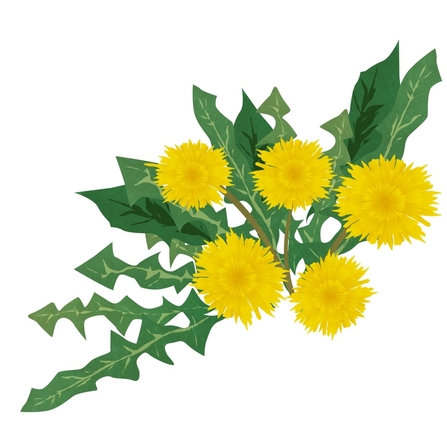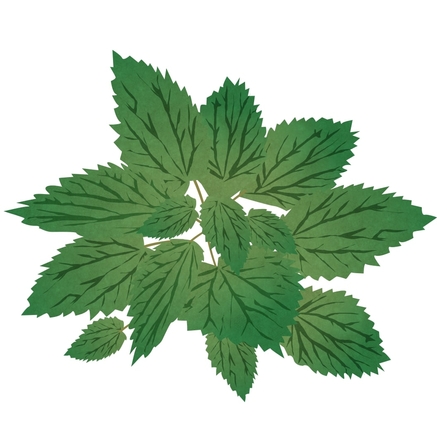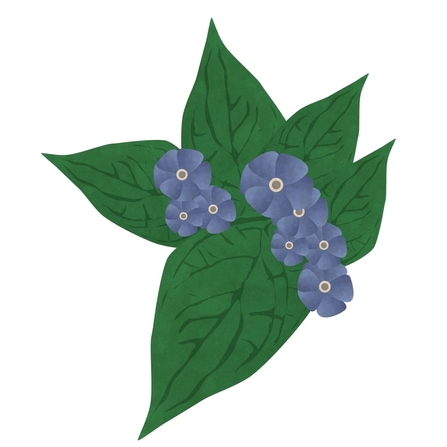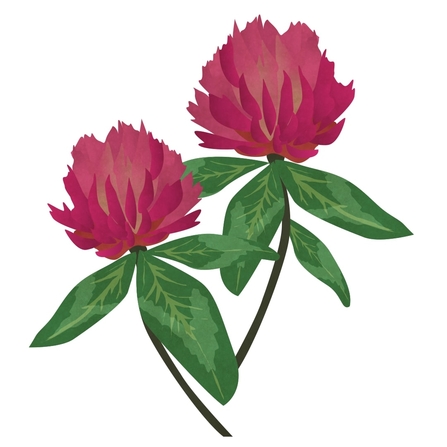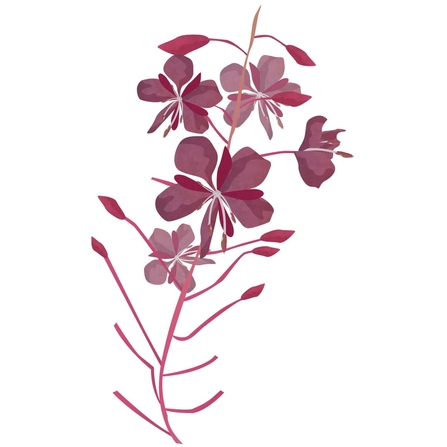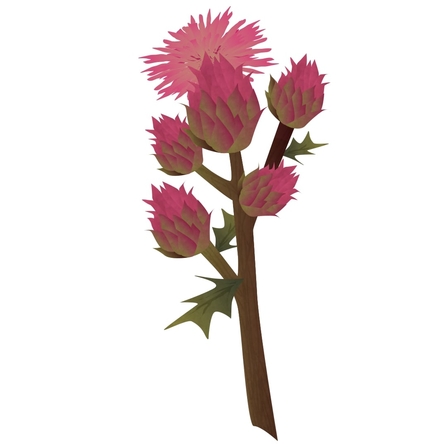
Creeping thistle can be a magnet for butterflies such as painted ladies, peacock, and small tortoiseshell, as well as and bees and hoverflies. The seeds can also be a food source for goldfinch - now who wouldn’t want a flock of those to charm your garden!

